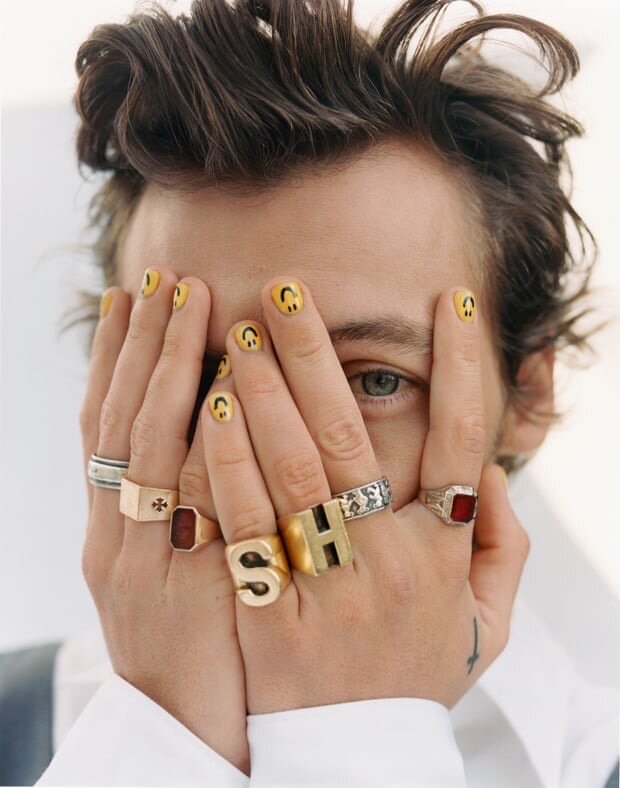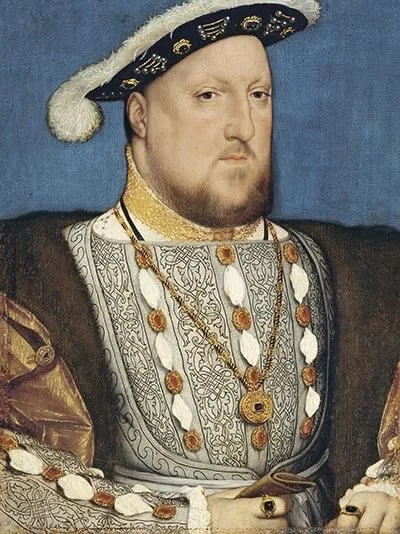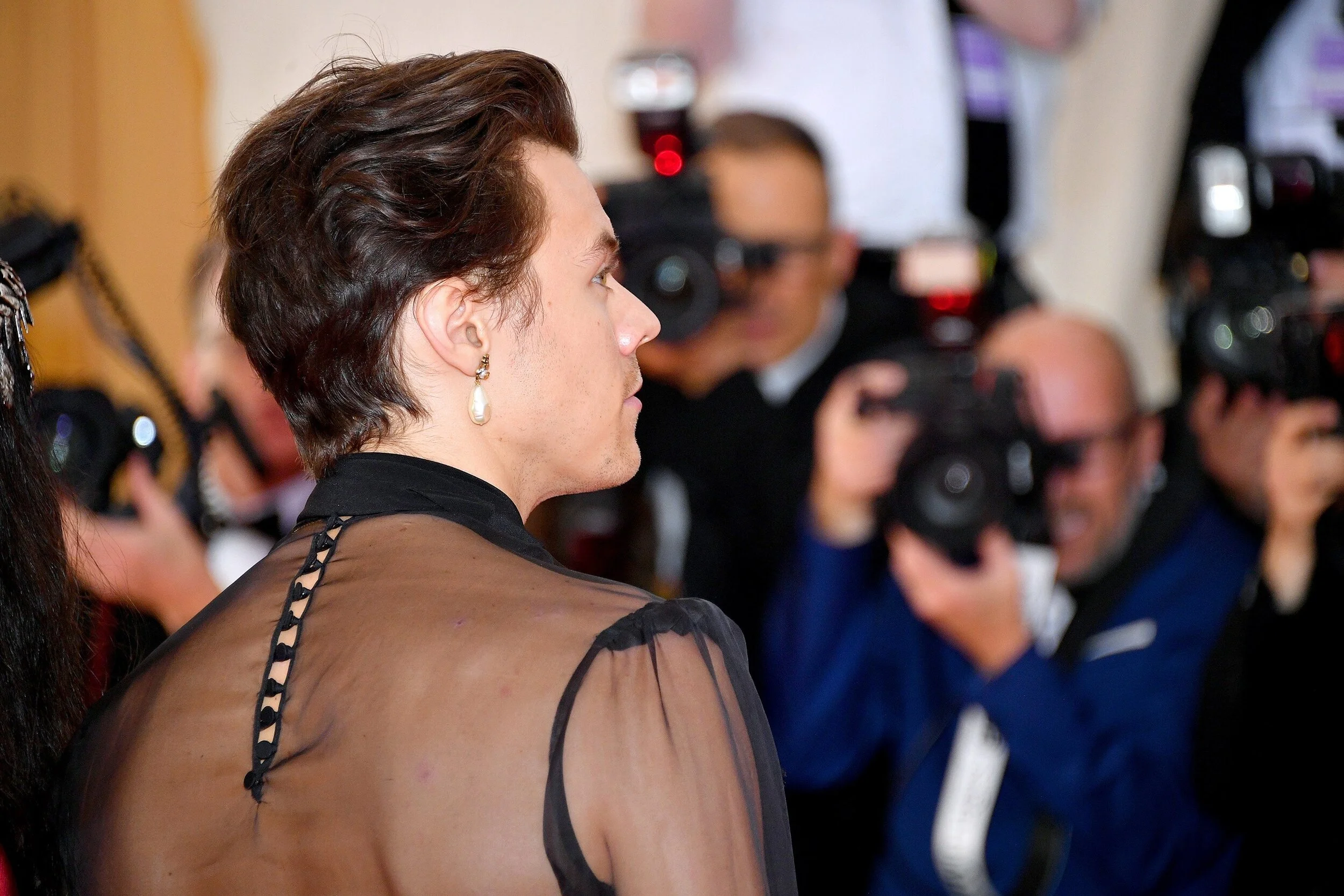An Everlasting Fashion Influence: The History of Men’s Jewelry
Men’s jewelry has made a comeback not only in the high-fashion realm but in the lives of everyday Western consumers. This trend could be attributed to Harry Styles' seemingly limitless success as both an artist and fashion influence. The re-invigorated appeal of men’s accessories has reconceptualized the meaning of self-expression, elegance, and gender normativity. However; it shouldn’t be called a trend at all. Men’s jewelry can be traced back to ancient Egyptian times. It has been fundamental to the fashion industry without extensive absences, yet it remains largely neglected in fashion literature.
According to Euromonitor International, a market research company, in 2017, global sales of men’s luxury fine jewelry reached $5.3 billion USD - a 22 percent increase from 2012. Considering the previously steady growth rate of men’s jewelry sales, fashion experts were intrigued by this monumental spike.
Cynthia Sakai, a Japanese jeweler, and designer of Vita Fede, argues that this dramatic increase in sales is the direct result of social media and its unmistakable influence on fashion trends. Moreover, various research companies’ reports suggest that millennials are the predominant drivers of men’s jewelry sales, generating half of the industry’s growth. Men’s jewelry has become more accessible, and as a result, regained its popularity.
Jewelry has also entered the high-end fashion scene. From Gucci to Chanel, top men’s collections have been embellishing their lines with accessories of all sorts. For Dior Homme’s spring 2019 show, jeweler Yoon Ahn worked with Kim Jones to create edgy and eye-catching link chokers. Following a similar tide, Alexander McQueen’s men’s collection showcased necklaces with black Swarovski crystals and medallion pendants.
According to Italian jeweler Amedeo Scognamiglio, men are beginning to view jewelry as an indispensable part of an outfit. Although the twentieth century may have stalled the widespread acceptance of men’s jewelry, historically, it has been integral to generations’ self-expression and prestige displays.
Let’s take a look at some of the historical tides of men’s jewelry.
In Ancient Egypt, both men and women wore silver accessories in a spiritually guided attempt to attract their gods’ attention. The deities who controlled health, wealth, and the afterlife were drawn in by the brilliance of the jewelry.
Historically, jewelry has represented authority, power, and esteem. Ancient Greek soldiers wore metal and leather cuffs to battle as spiritual protection. Roman troops later adopted this same tradition.
British royalty wore heavy gold pieces. Royals were given ornate collars, often made of gold, which men wore to honour their reputations and statuses. Moreover, European men introduced the single-earring look throughout the late 16th and early 17th centuries. Today, Harry Styles proudly rocks this look at red-carpet events and fashion galas.
Gemstones were viewed as status symbols. Wealthy societal elites and high-ranking church officials wore gemstones in hopes of demonstrating their influence with a not-so-subtle distinction. British monarch Henry VIII owned a minimum of 234 rings, 324 brooches, and multiple diamonds and pearl-studded necklaces. How humble!
Today, jewelry plays a more versatile role in self-expression. Men’s jewelry varies from price range to material to meaning. No piece has a single connotation, nor is it always associated with wealth.
On the pink carpet of the 2019 Met Gala, Harry Styles helped reintroduce men’s pearl-embedded jewelry. Since then, Harry has garnished most of his high-end looks with a string of pearls, frequently collaborating with Marc Jacobs (another pearl enthusiast).
Pearl necklaces can be traced to the early 16th century, during the Mughal Empire in India. Emperor Babur and his male descendants would sport long strands of pearls as a symbol of, you guessed it, prestige.
Men’s jewelry has had a not-so-egalitarian history. Nonetheless, it has produced centuries of beautiful art. Contemporarily, jewelry in men’s collections has re-appeared after a brief 20th-century disappearance. Still, calling this re-introduction a trend wouldn’t do it justice. Hopefully, in a society where gender expression is fluid, indefinite, and personal, men’s jewelry can finally just be called jewelry!




